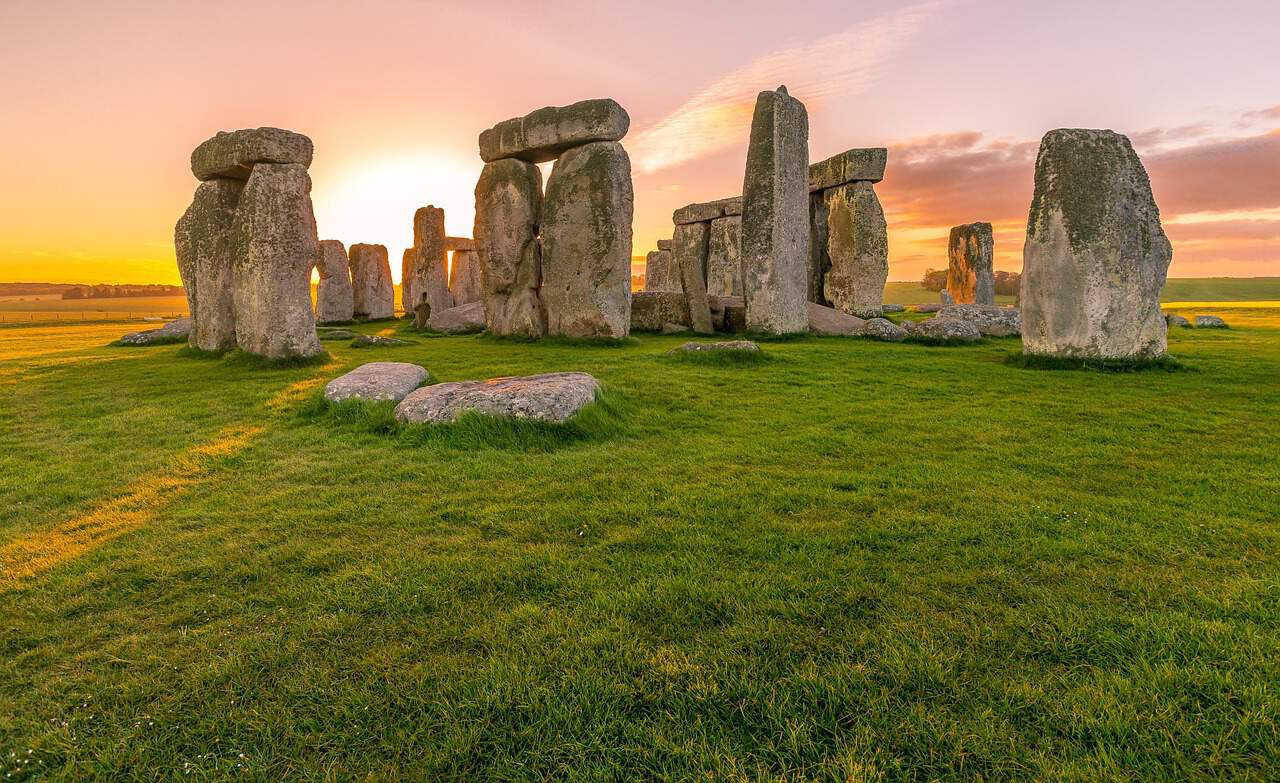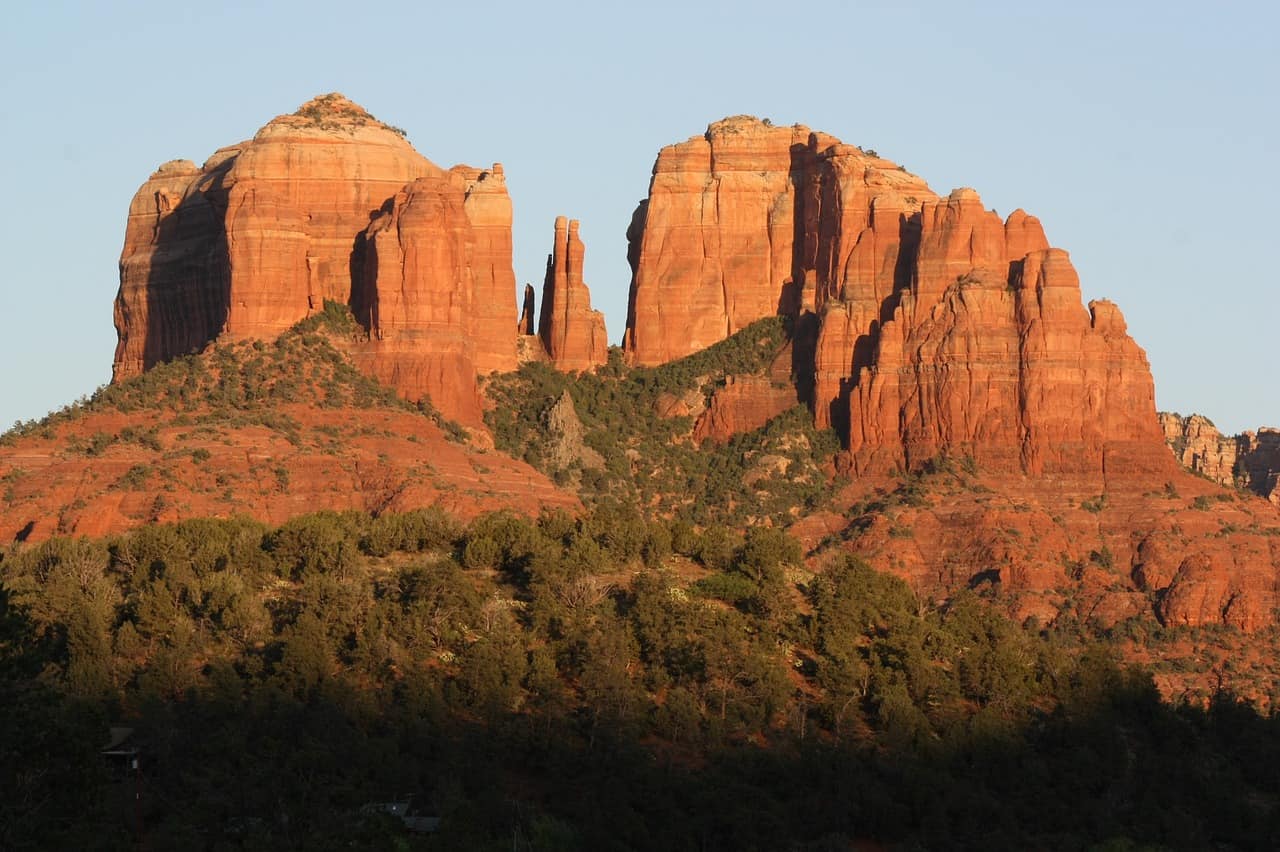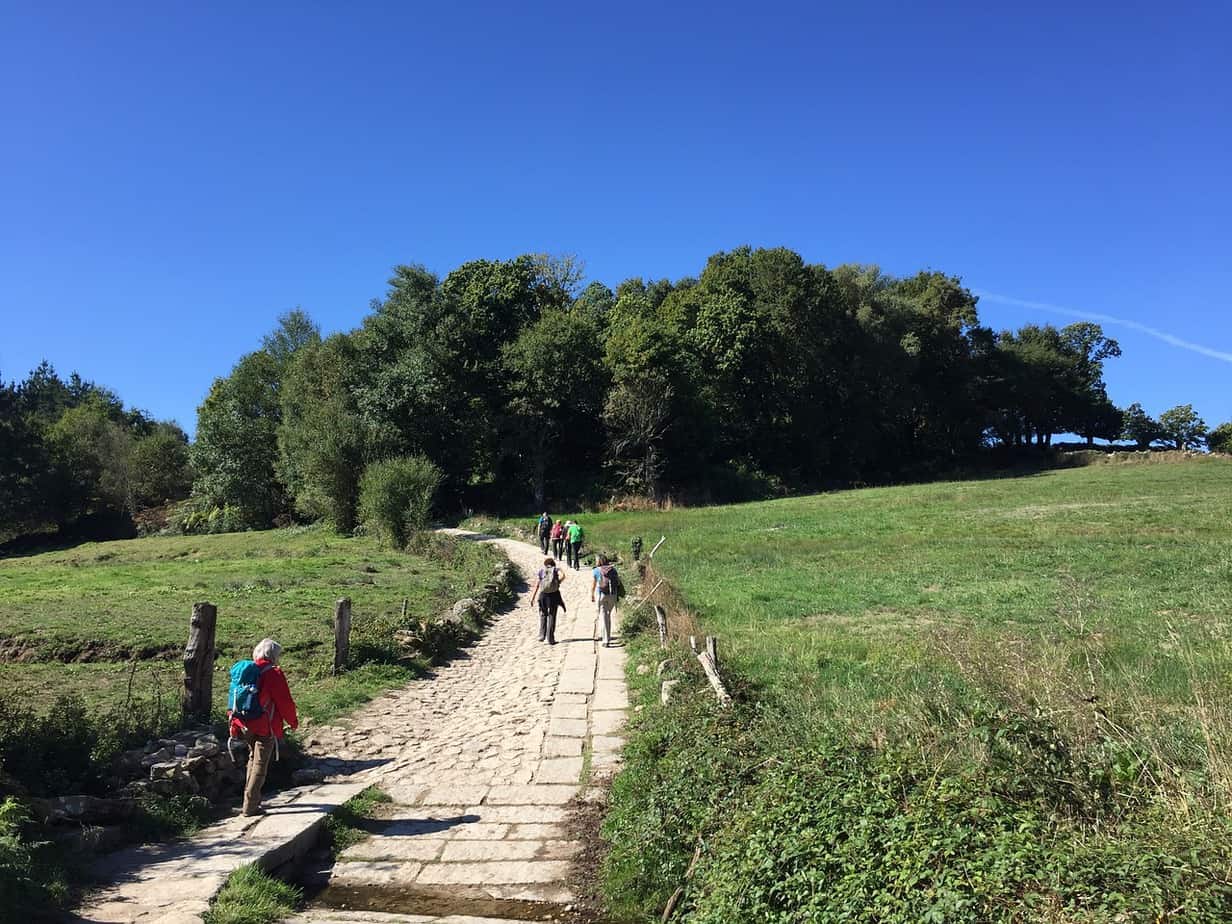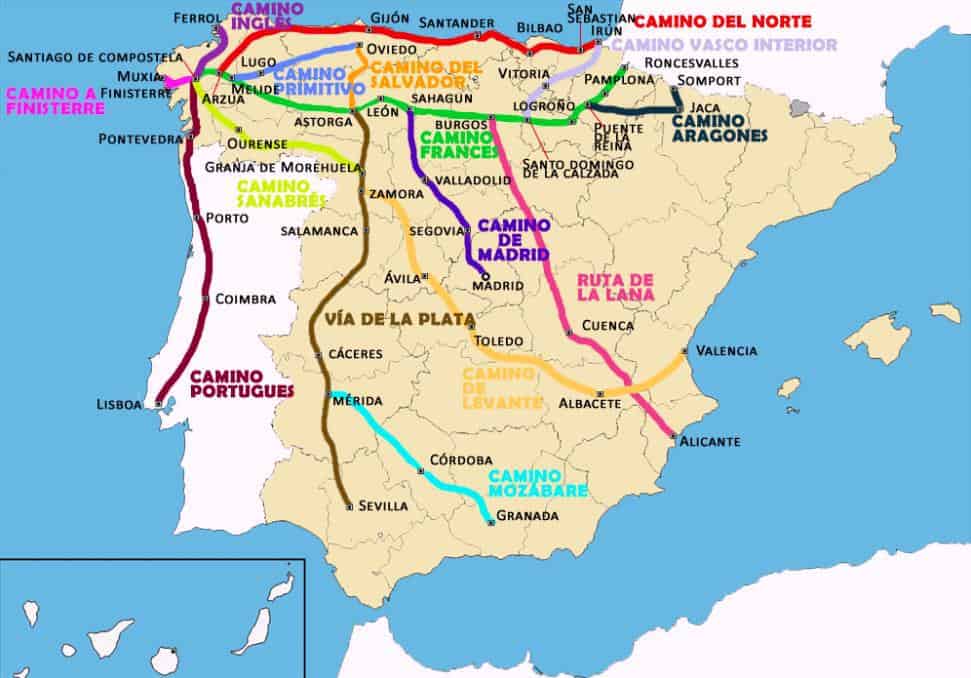Inspiring places for calm, adventure and spiritual evolution
The world is full of inspiring places. Some take them as an adventure experience. Others go seeking for self-discovery, healing or even enlightenment. The fact is that traveling teaches us valuable lessons. Which spiritual destinations can make you both relax and challenge your adventurous self? We selected 3 magical places to start with: Sedona desert in the United States; the enigmatic Stonehenge in the United Kingdom; and Camino de Santiago (Way of Saint James) that goes along Spain, France, and Portugal to end in Galicia. Enjoy!
For healing: Stonehenge, UK

With stones weighing around 25-40 tons each and officially dating from 3000 BC, Stonehenge is a site with an open field with no rooftop with huge stones standing up. It is close to Amesbury (Salisbury) and 2-hour away from London, in the UK. No one knows what Stonehenge was built for but it’s one of the most fascinating spiritual places in the world that attracts more than 1.5 million visitors each year.
It’s assumed that Stonehenge was (and is) a sacred place for the druids, the philosophers, and theologists of Celtic cultures. Until today, every June 21st, the longest day of the year, practitioners of the druidism go there to welcome the summer solstice sunrise.
Some travelers think of visiting Stonehenge because it is assumed to be a powerful place with healing properties. Two of Britain’s leading archaeologists, Professor Timothy Darvill and Professor Geoff Wainwright are convinced Stonehenge was a site of healing. “The whole purpose of Stonehenge is that it was a prehistoric Lourdes,” says Wainwright, meaning that people flocked there to get some kind of grace. Their conclusion comes from the reinterpretation of the stones of the henge and the bones buried nearby.
If you are more interested in the historical and archaeological aspects of Stonehenge, check this piece by National Geographic.
When to go?
June is the most popular month to go to Stonehenge – and the 21st is the solstice!
To get a tour to Stonehenge, check this out
For energy recharge: Sedona, US

Before reaching the Grand Canyon you find Sedona, the place where powerful energy vortexes meet. Besides all adventure and breathtaking landscapes, Sedona is a place where spiritual healers, yogis, and UFO searchers go. The red sandstone rocks with an orange glow are Sedona’s main attraction. They have a unique layer of rock known as the Schnebly Hill Formation.
Sedona keeps traces of human presence dating back to 11,500 BC and was the home of Sinagua Indians since 650 AC. Sedona’s vortexes are famous worldwide and reachable through easy hiking trails and seduce around 3 million visitors each year.
What’s a Sedona vortex?
A vortex is a swirling center of subtle energy that is conducive to healing, meditation, and self-exploration. In fact, all Sedona, not only the top of mountains, is considered to be a vortex, with the subtle energy spreading around. There are 4 best-known places that seem to have the vortex energy emanating more clearly. They are Airport Mesa, Cathedral Rock, Boynton Canyon, and Bell Rock. However, the whole area is pure spirituality and energy. So go find your own energy trail and enjoy the amazing views.
How to get to Sedona
Sedona is in Verde Valley, in the Northern part of Arizona. The closest airport is Flagstaff and it’s 40 minutes away through Oak Creek Canyon. To book your flight to Flagstaff, click here.
Another option is reaching the place by vehicle. The main cities from where you can easily get to this amazing energy field are Phoenix, Las Vegas and Los Angeles.
- Sedona is only 2 hours away from Phoenix (180km / 113 miles).
- It’s 5 hours from Las Vegas or 447 km / 278 miles.
- It’s 7 hours from Los Angeles or 775 km / 482 miles.
The best time to visit Sedona
The best time to visit Sedona is from March to May or from September to November when there is a lot to do, the weather is mild and far better supported.
The best tours in Sedona
Imagined going hiking and trekking in the energetic fields of Sedona? Or combining both Sedona and Grand Canyon? Or even going from LA to Las Vegas and enjoying the wild canyons in one single tour?
Check these and other packages in Sedona or around it, here.
For self-discovery: Camino de Santiago (Way of Saint James), Spain

Camino de Santiago (Way of Saint James in English) is a group of dozens of pilgrimage routes that lead to the shrine of Saint James, the Great, in Santiago de Compostela, Galicia, in the Northern part of Spain. It attracts around 327,000 pilgrims each year and is said to be one of the most remarkable spiritual experiences nowadays.
Although Saint James is one of the most important saints in the Catholic Church, the Way attracts people from all religions. It is taken more as a self-development trail than a dogmatic experience.
The Way has a very structured trail. Each route is subdivided into phases. Each phase is around 20 to 25 km long. It is recommended to take a phase per day if the pilgrim goes walking. Some pilgrims do it on a bike, which generally doubles the speed.

From all the Ways that lead to Santiago de Compostela, there are 4 main ones:
- The French Way, starting in Saint-Jean-Pied-de-Port, in the Pyrenees, is the most popular today. It comprises 33 phases, totaling 770 km.
- The Portuguese Way, the second most popular one, starting in Lisbon, has 610 km in total and 24 phases.
- The Old Way, kicking off in Oviedo, was created in the 9th century, has 321 km and 13 phases.
- The Northern Way starts in Irún, in the Basque Country, and has 34 phases spread along 820 km.
The pilgrim can do as many phases they wish, but to get their official certificate (called “La Compostela”) they should accomplish at least 100 km walking or 200 km by bike. The document to validate that information is “La Credencial”, that is delivered when starting The Way and should be stamped along the route as a proof of the pilgrimage.
How is the geography and weather along The Way of Saint James?
The geography, landscape, and degree of difficulty of The Way vary a lot depending on each route. The French Way is mostly flat. The Northern one, in the Basque Country, has more changes in elevation but also has cooler summer weather.
The busiest time of year is, naturally, spring and summer (April to August). The weather varies tremendously and demands the traveler to be ready at all times with a raincoat, sunscreen, (very) comfortable sneakers and lighter sports clothing. However, if you decide to take it in winter, get ready for cold and rain, which asks for special waterproof boots and thermal wear.
Where to stay during The Way?
All the routes have a well-structured network of public and private pilgrimage hostels. Prices vary from 5€ to 20€ per night. Accommodation is designed for those strong in spirit: shared rooms and bathrooms, light mattresses and everybody in bed early to get up before the sunrise.
The public hostels work on a first-come-first-served basis. The private ones can be booked over the phone as you go on the route.
How is The Way of Saint James a spiritual experience?
Every day at 12 pm and 7:30 pm, there is a mass celebrated for the pilgrims in Santiago de Compostela. However, this is not the main spiritual reward to be granted by this experience. Doing the Way of Saint James offers a wide range of positive experiences, from diving into oneself to making new friends, knowing other cultures and experiencing breathtaking natural landscapes. It is a self-discovery experience in all its sense.
The Way teaches about how to be alone without feeling lonely, about trusting strangers, expecting the good from people, sharing, and feeling joyful with simple things. Nature, people, and solidarity are the key elements of this experience, a truly spiritual one.
Where to start and how to get there
When you decide to take The Way of Saint James, your check-list about where to go and to get there will be like this:
- You define how many days you will have to do it. Each day is 1 phase (if you go walking); If you go biking, think of 2 phases per day.
- Choose your favorite route.
- Count back from Santiago de Compostela the number of phases you have. For example: If you have 7 days (7 phases) and choose the French Way, you should start in Triacastela. Check all the ways, routes, phases on this site. To know the exact phase, click on the map and zoom it.
- Then you should decide how to get to Triacastela. Most of the phases are in small towns.
Search for cheap flights or hotels for your spiritual trip here:
[tp_search_shortcodes]
Generated widget code has invalid value